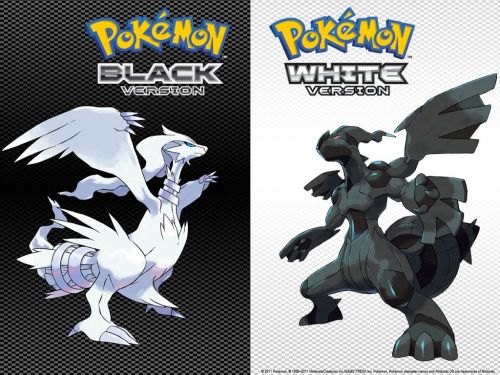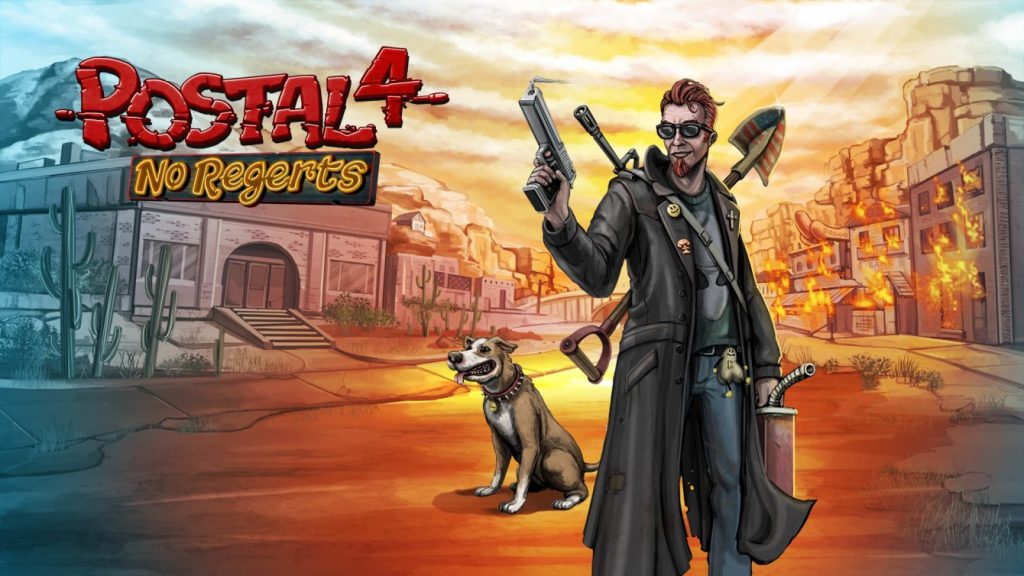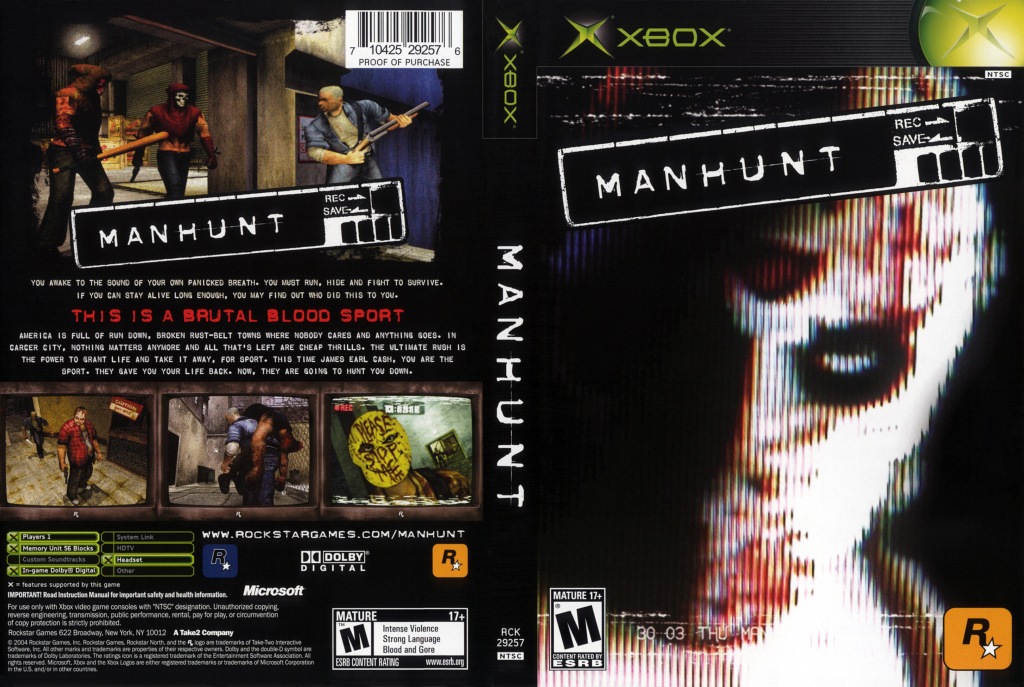Religion, politics, sexual content, violence: these are the most common themes among films that are banned from release.
They say that all publicity is good publicity, and indeed some films gained increased interest after being banned – people always want what they can’t have, after all. On the other hand, some have been criminally under-watched. Here are 12 banned movies which are among the finest stories told on screen.
1.A Clockwork Orange (1971)

Infamous for its presentation of violence, Stanley Kubrick’s A Clockwork Orange, adapted from Anthony Burgess’ book of the same name, features some of filmmaker’s most well-known and highly regarded scenes. It is set in a dystopian future where Alex, the charismatic (and sociopathic) protagonist, is jailed and subjected to government-developed aversion therapies designed to stop the society’s crime problems. Due to its graphic depictions of rape and violence, the film was banned in countries including Ireland and Singapore for over 30 years.
2.Apocalypse Now (1979)

Francis Ford Coppola has one of the most impressive careers of all Hollywood directors. The Godfather parts I and II are regularly cited atop ‘Best Of’ lists, with Apocalypse Now featuring somewhere nearby, too. The latter, however, also came with controversy. It was banned in South Korea due to its anti-war theme, while others have widely debated whether or not it is actually an anti-war or pro-war film. Either way, it is widely regarded as the best film about Vietnam, and generally considered one of the best war films ever made.
3.The Texas Chain Saw Massacre (1974)

It is a horror masterpiece that remains one of the most popular and successful films from within the genre. While it has spawned a number of spin-offs, sequels and remakes, the original version of The Texas Chain Saw Massacre will always remain the original, the best, and a father of the slasher sub-genre. It was banned for many years in West Germany, Singapore and several Scandinavian countries due to its high levels of violence and cruelty, and has been released in some territories in censored form.
4.Allquiet on the Western Front (1930)

One of the first popular films that dealt with the horror of war. All Quiet On The Western Front provides a realistic and harrowing view of life on the frontlines during World War I, dealing particularly with one soldier’s growing disillusionment with the events that he faces. The film was banned in Germany by the Nazi Party throughout the 1930’s and ’40s due to its perceived anti-German messages, as well as Australia and New Zealand for its anti-war stance.
5.The Blue Kite (1993)

The representations of Mao’s communist regime led The Blue Kite to be banned from release in mainland China, and a 10-year film-making ban was place on director Zhuangzhuang Tian. The film, however, won a number of awards on the international film circuit upon its release. It is told from the perspective of a young boy growing up in Beijing during the 1950’s and ’60s, demonstrating real stories of life in the city during the Cultural Revolution, and exploring hidden truths from inside the mainland.
6.Brokeback Mountain (2005)

Ang Lee’s multi-award-winning film was embroiled in controversy after it lost best picture to Crash (2004). Some accused the Academy of homophobia, especially as the film was widely regarded as the best film of the year, and had won more Best Picture and Best Director prizes than any other film at the time. Brokeback Mountain tells the story of the complex romantic and sexual relationship between two cowboys. The film was banned in a number of Middle Eastern countries and in China due to its portrayal of homosexuality.
7.Battle Royale (2000)

Battle Royale often garners comparison to The Hunger Games (2008), which was also banned on similar grounds. The film follows a group of 9th-grade Japanese students who are sent to an island where they must kill each other until the final survivor is declared winner. While the violence can be quite dramatic at times, there is a dark humor throughout the film, which has helped it to gain a cult status and, despite being banned in several countries (including Germany, where it is today), Battle Royale has become one of Japan’s most successful films.
8.Hail Mary (1985)

Blasphemy and explicit sexual content often provide the perfect combination for films to become banned. Acclaimed French New Wave director Jean-Luc Godard retells the story of the Virgin birth in a modern setting. Hail Mary was banned in Brazil and Argentina upon its release. Pope John Paul II even offered a critique of the film, proclaiming that it ‘deeply wounds the religious sentiments of believers’, and many protesters showed up to various opening nights and festivals. It has nonetheless been praised by a number of critics, particularly for its cinematography.
9.Last Tango in Paris (1972)

The second film to star Marlon Brando on our list. Due to its explicit sexual content, Last Tango In Paris was banned for some 30 years in countries including South Korea, Portugal, Singapore, Italy, and Chile. In Britain the film was re-cut to reduce the duration of the sex scenes, which enabled its release. The film focusses on the sexual relationship between an American man and Parisian woman and is regarded by some as one of the most erotic and liberating films ever made. However, controversy has since arisen about Brando and director Bernardo Bertolucci’s behavior on set.
10.Persepolis (2007)

An animated coming-of-age story set against the backdrop of the Iranian Revolution, and based on Marjane Satrapi’s autobiographical graphic novel of the same name. Though initially banned in Lebanon after some clerics found it ‘offensive to Iran and Islam’, Persepolis was later released following an outcry from intellectual and political circles. It gained a mixture of acclaim and controversy upon international release; reviewers gave the film near-universal praise, while the Iranian government continued with its complaints and pulled Persepolis from several festivals. It stands as an important film in animation and world cinema.
11.The Last Temptation of Christ (1988)

To tell the story of Jesus Christ’s life always runs a strong risk of causing offense. Present the earthly temptations that he faced, particularly those of a sexual nature, and this offense gets amped up substantially. Despite containing a disclaimer that explains how t the film is a departure from the Biblical portrayal of Jesus’ life, Martin Scorsese’s The Last Temptation Of Christ has gained its fair share of detractors. It was banned in Israel on release and has an outright ban in Singapore, where it has never gained permission to be screened or released.
12.Monty Python’s Life of Brian (1979)

From one portrayal of Christ to another almost. ‘He’s not the Messiah, he’s a very naughty boy. Brian was born in Bethlehem on the original Christmas day in the stable next door, and he spends the rest of his life being mistaken for Jesus. Monty Python’s Life Of Brian is one of the most highly regarded and popular comedy films of all time. It even made banning work to its favor, with posters in Sweden, for example, proclaiming: ‘So funny, it was banned in Norway!’






